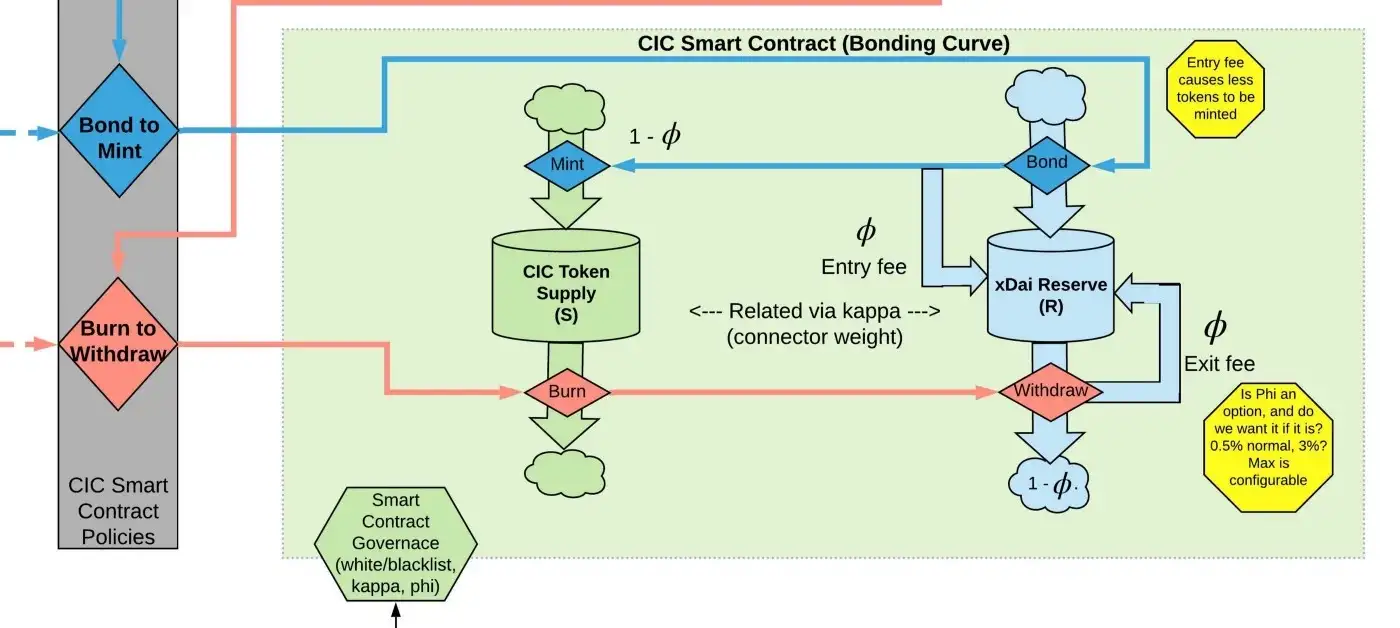A BlockScience Collaboration with Grassroots Economics & the Danish Red Cross
This piece introduces the academic paper by Andrew Clark, Alexander Mihailov, and Michael Zargham, examining the system modeling of Grassroots Economics’ Community Inclusion Currencies (CICs). Many thanks to Will Ruddick and the team at Grassroots Economics, and Adam Bornstein and the Danish Red Cross.
This paper analyses the systemic properties of community inclusion currencies (CICs) to assess their effectiveness as a tool for social impact, by focusing on a particular case study of empirical socio-economic interest — the Grassroots Economics CIC project in Kenya.
Clark, Mihailov, and Zargham examine what community currencies are by analyzing a rich transaction-level dataset generated through simulations of a complex system model built with cadCAD.
Paper Abstract
“This paper proposes a complex dynamic system subpopulation model for the construction and validation of a novel form of local complementary currency, namely the Grassroots Economics Foundation’s Community Inclusion Currency (CIC) implemented in Kenya. First, we highlight that CICs can act as a local liquidity-provision institutional device in poor or isolated economic regions, thereby serving as a market-based mechanism to alleviate poverty. Second, we elicit 50 heterogeneous utility types according to observed transactions behavior in our rich data set, i.e., via revealed– and recorded– preferences, and build a corresponding model and simulation at a meso-economic level.”
You can read the paper in its entirety here
Acknowledgments:
Congratulations to Andrew Clark on his now-published Ph.D. thesis, “Money and Exchange Rates from a Computational Perspective.” Many thanks to Alexander Mihailov, Michael Zargham, and Will Ruddick for their feedback, hard work, and great ideas that culminated in this research paper. We look forward to many more fruitful collaborations in the future. A special thanks to the BlockScience team for feedback and support in developing these works.


